Whatapp:
+278.3675.0634
Work Hours
Monday to Friday: 7AM - 7PM
Weekend: 10AM - 5PM
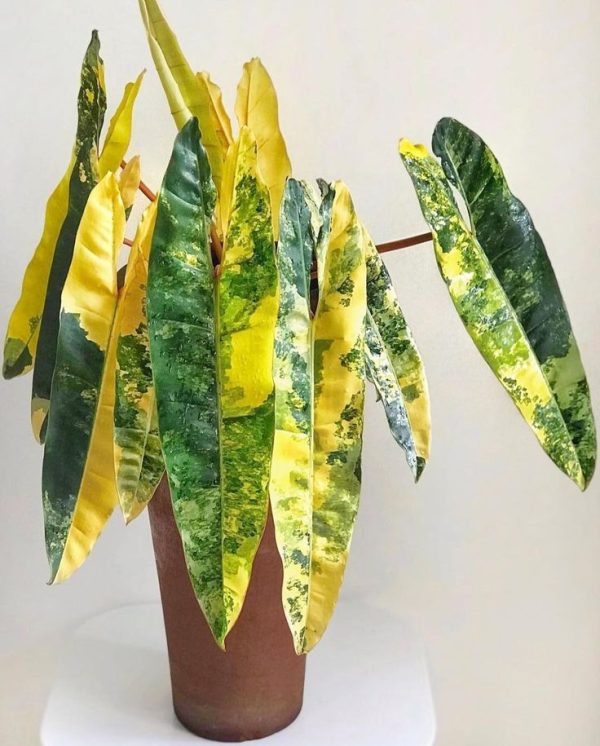
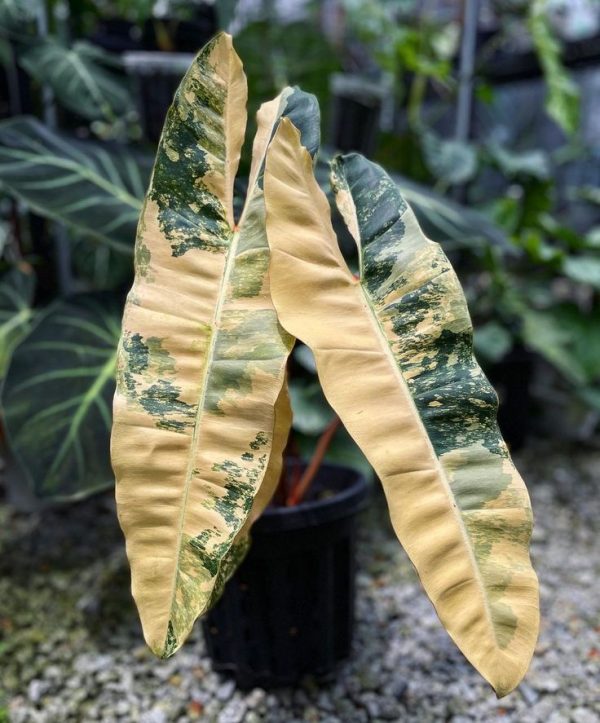
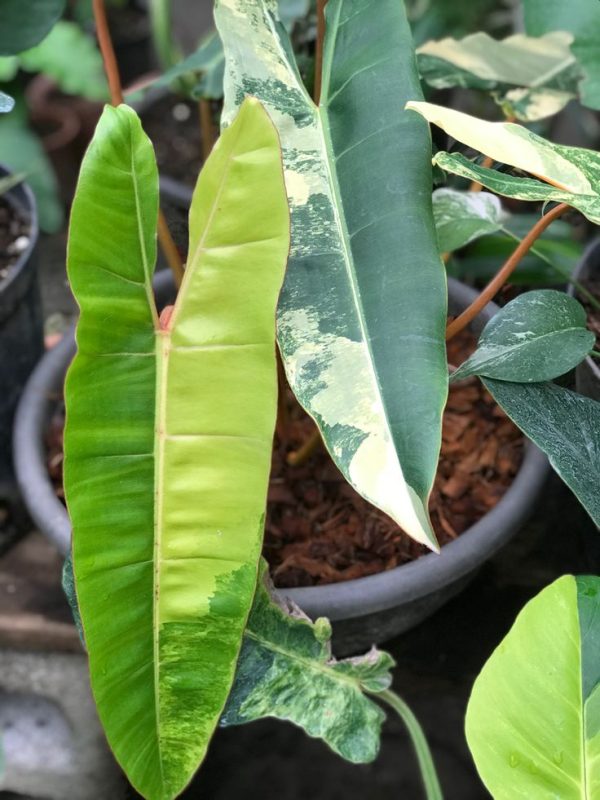
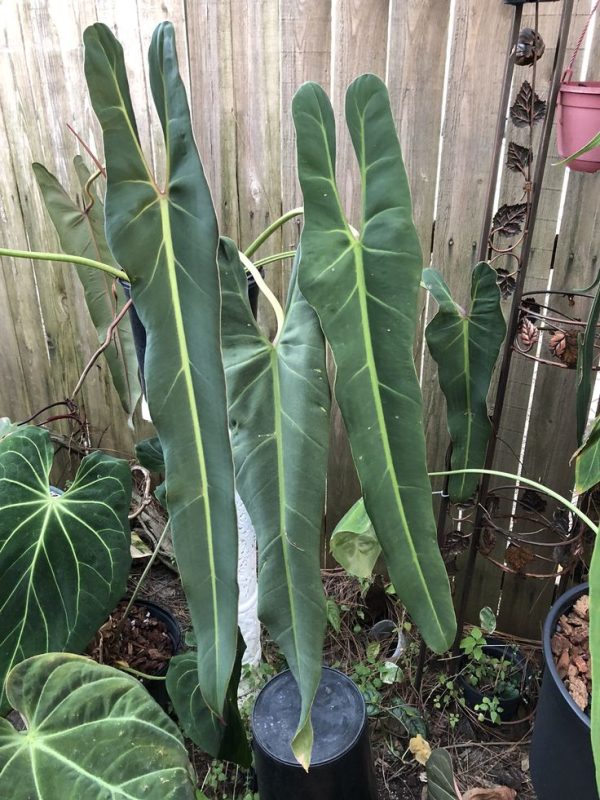
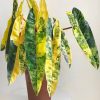
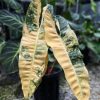
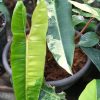
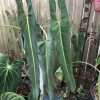
Original price was: $65.00.$30.00Current price is: $30.00.
Philodendron Araceae is a large genus of flowering plants in the family Araceae, with over 600 species recognized as of 2013,
Philodendrons are known for their attractive, often large and glossy leaves that vary widely in shape, size, and color, ranging from green to coppery, red, or purplish hues
. They include both climbing (vining) and non-climbing (upright) types, with the climbing varieties often requiring support structures indoors. Juvenile and mature leaves can differ significantly in shape, which can make species identification challenging in young plants
As tropical rainforest plants, philodendrons are adapted to low light conditions and thrive best in bright but indirect light when grown indoors. They prefer well-draining, slightly acidic soil that retains some moisture without becoming waterlogged
. Watering should be moderate, allowing the top third of the soil to dry out between waterings, with frequency depending on light and temperature conditions. They tolerate typical household humidity and temperatures between 15°C and 30°C (59°F to 86°F)
Philodendrons are popular as houseplants due to their easy care and attractive foliage, but all parts of the plant are toxic to humans and pets, and the sap can be a skin irritant, so caution is advised when handling them
. They also have some air-purifying qualities, absorbing pollutants like ammonia and formaldehyde, making them practical for indoor environments
Philodendron plants grow best in medium to bright natural or fluorescent light, but will also tolerate low light. Avoid exposing to direct sunlight, which can burn the foliage. (Philodendron Araceae)
Moderate to fast.
Although heart-shaped leaves are the norm, you’ll also find varieties with spade-shaped, deeply cut, and spear-shaped leaves, some growing to more than 2 feet long. Some of the newer hybrids (such as ‘Pink Princess’ and ‘Prince of Orange’) sport foliage in vibrant shades of burgundy, pink, orange, and yellow. There are also cultivars with variegated foliage. (Philodendron Araceae)
Non-climbing types: 6 to 8 feet. Vining varieties: 10 feet or more when supported.
Leaves can be toxic to both people and pets when ingested. Some people can also have a mild allergic reaction if their skin comes in contact with the sap. When repotting or pruning plants, wear gloves as a precaution. See more Common Poisonous Plants for Dogs and Cats.
They may produce spade-shaped flowers when grown outdoors in a tropical climate, but it’s extremely rare for indoor philodendrons to bloom.
Two plants often mistaken for philodendrons are pothos (Epipremnum aureum) and Swiss cheese plant (Monstera deliciosa), which is sometimes erroneously called “split-leaf philodendron”. Like philodendrons, these plants are members of Araceae, the arum family, and share many common characteristics; however, there are distinct differences that make each plant unique. (Philodendron Araceae)
The best spot is near a window where the sunlight does not directly hit the foliage. Avoid placing your plants near cold drafts or heating and air-conditioning vents. You can also treat them to a summer vacation outdoors as long as you keep them in a spot shaded from direct sunlight. (Philodendron Araceae)
The ideal temperature is between 65° and 85° F during the day and around 60° F at night. If you grow your plants outdoors during the summer, bring them inside before the temperatures drop below 50° F. These tropical plants prefer a humid environment, but will tolerate average home humidity levels. (Philodendron)
Use a good-quality potting mix that drains well.
Grows best in evenly moist soil, but not soggy. A good rule of thumb is to water when the top inch of the soil is dry to the touch. Never let the soil go bone dry. Overly wet soil can cause root rot. (Philodendron Araceae)
From spring through fall, feed monthly with a water-soluble houseplant fertilizer, following the dosage recommendations on the package.
Because of their aerial roots, climbing varieties are very easy to propagate. Simply take a stem cutting with several leaves attached, and stick it in a glass of water or moist potting soil. You can even grow cuttings permanently in water if you feed them frequently with liquid plant food. For non-vining types, divide every 3 to 5 years by cutting through the roots with a serrated knife. (Philodendron AraceaePhilodendron)
In summary, philodendrons are versatile tropical plants valued for their decorative foliage, adaptability to indoor conditions, and climbing habit, but they require indirect light, well-draining soil, moderate watering, and care to avoid toxicity risks
Reviews
There are no reviews yet.